TAG Heuer’s Autavia doesn’t get the credit it deserves. Arriving before the Carrera and the Monaco, it laid much of the groundwork for its more famous siblings, helping to establish an irrefutable link between its maker and the world of elite racing. An underrated gem, it’s only a matter of time before the Autavia claims its rightful place in horology’s highest tier.
Welcome to the second instalment of The Watches We Love, Man of Many’s Digital Edition series, through which we pick compelling pieces of horological history to explore, showcasing how they came to be, what makes them special, and whose wrists they have adorned most strikingly over the years.
Naturally, there were countless highly qualified candidates in the running for this issue, but ultimately, we decided to go with a subject you could argue is a little out of left field: the TAG Heuer Autavia. The vast historical significance of these watches and their more low-key status compared with siblings like the Carrera and the Monaco mean we couldn’t help but shine a spotlight on this remarkable family of references. Plus, we’re joined by TAG Heuer’s own heritage director, Nicholas Biebuyck, for even greater insight. Let’s get into it.
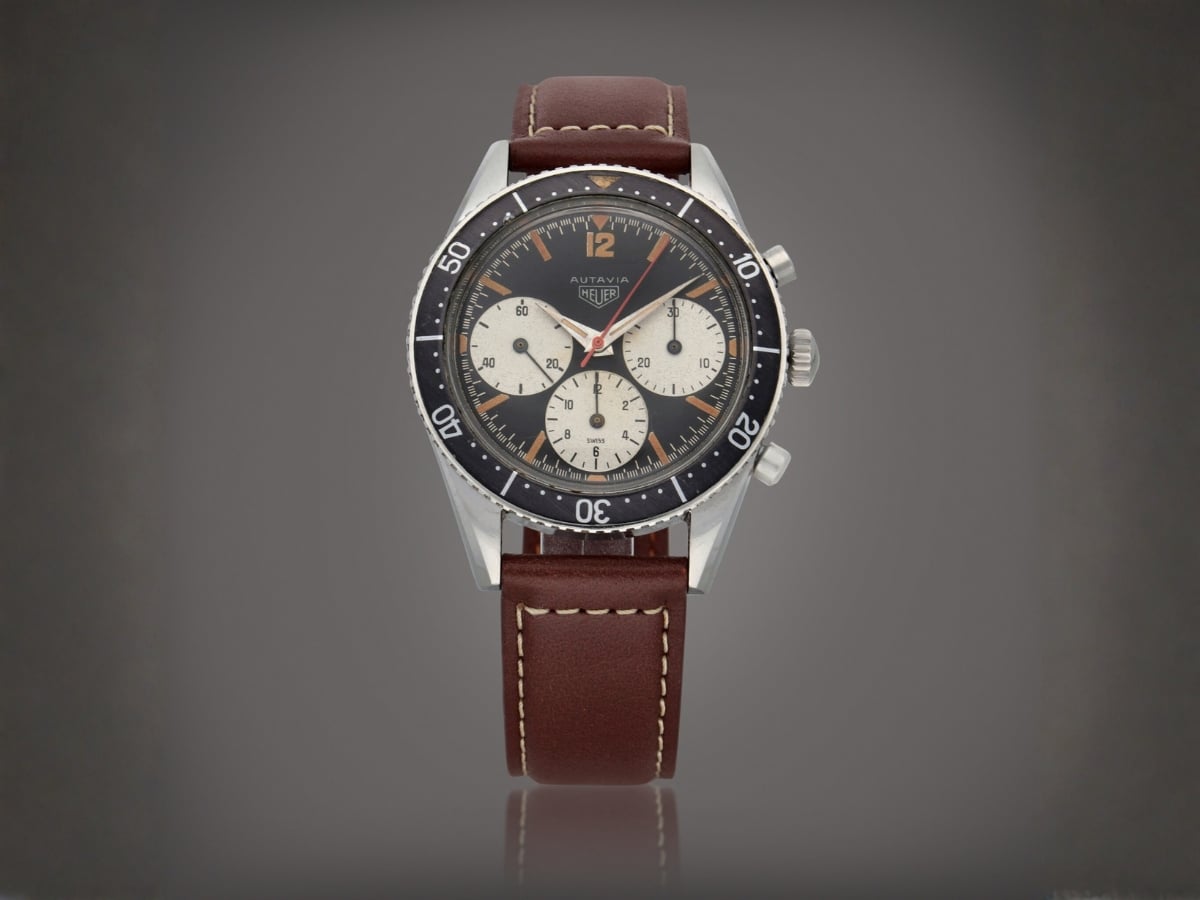
The Original Racer
In the headline bout that is TAG Heuer’s racing-inspired watch lineup, the Carrera and Monaco pack a powerful one-two punch, but for many enthusiasts, it’s the Autavia that lands the knockout blow. Predating both of its stablemates, it remains an icon of style and performance, with an unapologetic approach to technology, aesthetics, and functionality.
First released on March 3, 1962, the original Heuer Autavia Chronograph was a defining release in the brand’s precision timing journey. With a manual-winding movement, large sub-dials, a screw-back case, and a rotating bezel, it helped establish the format for chronographs.
Three decades earlier, Heuer had introduced an Autavia dashboard timer, designed to meet the toughest AUTomotive and AVIAtion requirements. The 12-hour stopwatch could be used as either a single timer or paired on a back-plate with the Hervue 8-day clock. The mixed functionality, rare for the time, was adopted by a string of motorsports enthusiasts and pilots, so when visionary designer and then-CEO Jack Heuer unveiled plans to embed the brand in the sporting zeitgeist in the early 1960s, change was afoot.
“We had an absolutely incredible run of watches over that period,” TAG Heuer heritage director Nicholas Biebuyck explains. “In 1962, we see the Autavia, 63 the Carrera, 68 the Camaro, 69 the Monaco, and 75, we see the Chrono-Split, our first digital watch.”
As Biebuyck explains, the unique design marked a shock departure for the brand. Spearheaded by Jack Heuer, the watch was equipped with a Valjoux 72 hand-wound movement and a unique notched rotating bezel. Bold and modern, the timepiece was characterised by its high legibility, with the original Autavia brochure describing it as the “New Autavia Chronographs for pilots, sportsmen, divers and scientists”. The watch was positioned as a modern timepiece for the modern man, but like so many Heuer pieces during that period, the Autavia made its name on the racetrack.
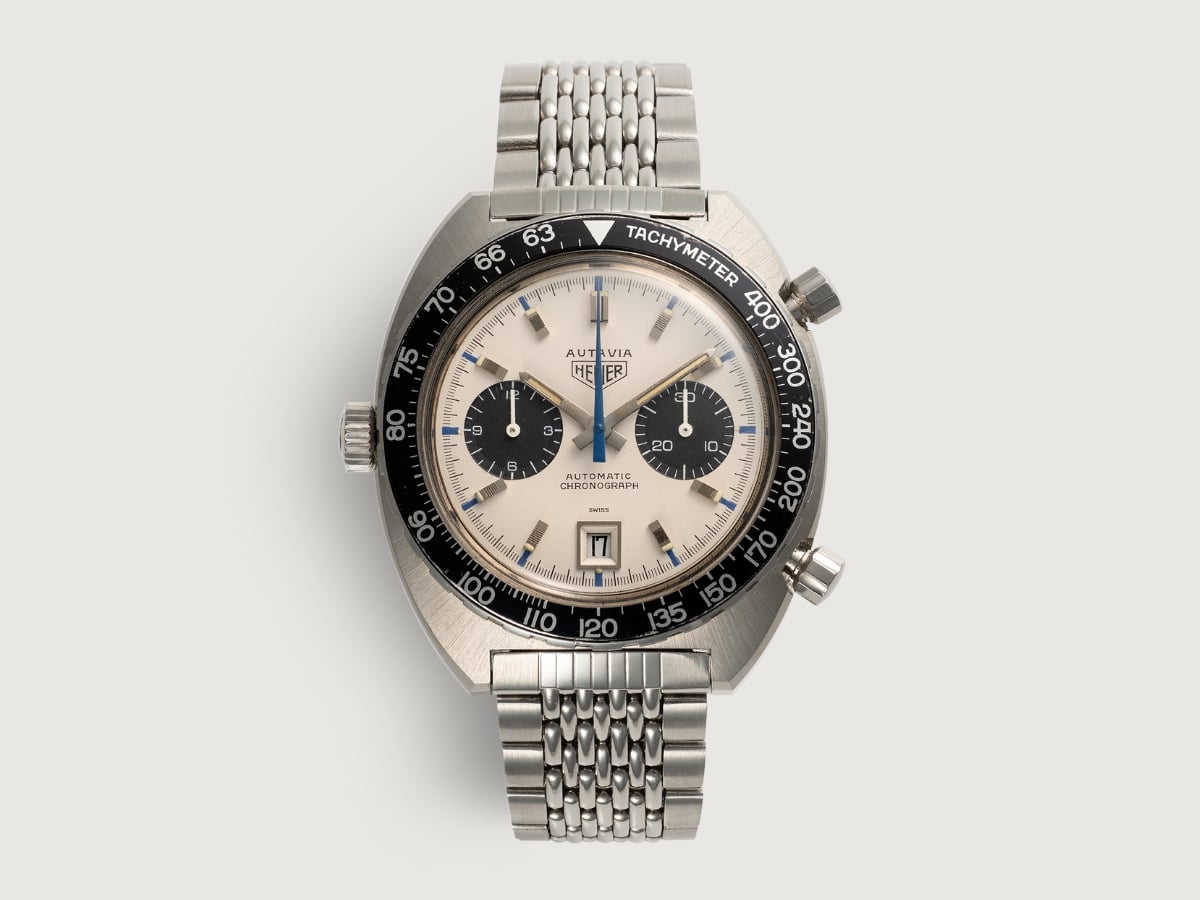
A Historic Partnership
After identifying racing fans as a natural market for luxury timepieces, Jack Heuer set his sights on dominating Formula 1 in 1968. His first move was to sponsor a little-known Swiss driver from Fribourg named Jo Siffert, a name that would go on to become synonymous with the Autavia.
“As far as we can tell, we were the first watch brand to be directly involved with a driver. Of course, there were situations before that where there were these kinds of informal relationships, but in fact, Formula 1 was still a relatively young division at that point,” Biebuyck says. “Jo was more than just someone that we gave a watch to and put a patch on his overall, he was there for the launch of the Calibre 11 Chronomatic, and fortunately, he was a guy from Fribourg in Switzerland, just a county over from where Heuer was based at the time.”
According to Biebuyck, Jack Heuer brokered a deal to pay Siffert a fixed sum per year to be an ambassador, but the arrangement was two-fold. Jack would also provide Jo with watches at cost, many of which serendipitously ended up on the wrists of rival drivers and team operatives.
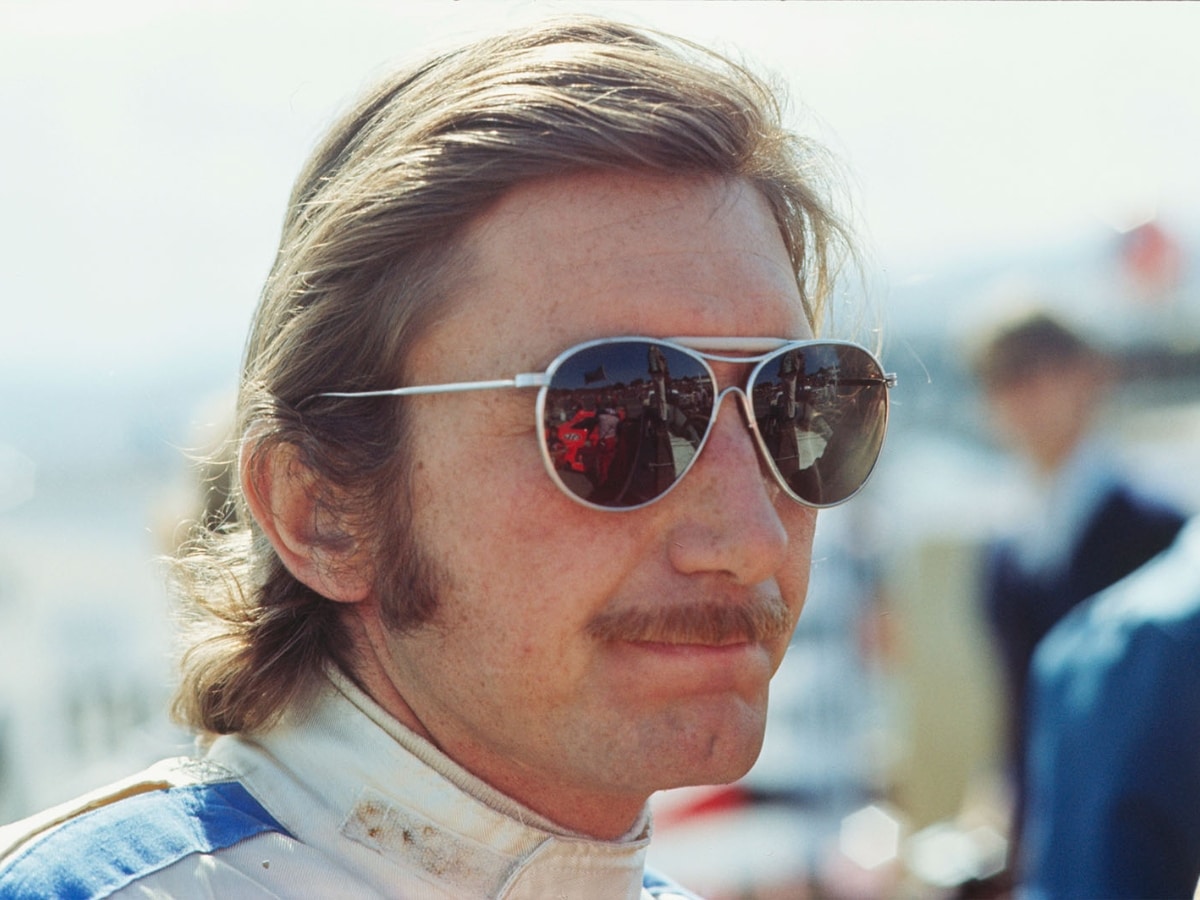
“So as a result, we hear these stories of Jo flogging watches to mechanics and team principals, and we can see them all over the paddock,” Biebuyck says. “The great thing about Jo was that while he raced with Rob Walker Racing in his Lotus 49 in Formula 1, he was very involved in endurance racing as well. He famously drove the Gulf livery 917 at Le Mans, which would ultimately result in Steve McQueen wearing the Monaco. He would then go on to start his own Porsche dealership and sell a 911 to Jack Heuer as his company car.
“You can see he’s deeply intertwined with the history of the company, and without Jo, we wouldn’t have these amazing images of Steve McQueen wearing the Monaco. So it goes to show how chance can result in something absolutely incredible.”
From an Autavia perspective, Siffert proved invaluable to the collection’s story. The white colour model, one of two distinct options released at launch, became so synonymous with Siffert that it is now regularly known by its nickname, ‘Siffert Autavia’. Similarly, the accompanying black dial release is commonly associated with British racer Derek Bell.
“It’s kind of an underappreciated model, and when you dig into it, it’s even more fascinating,” Biebuyck says. “You have the crazy calibre 15s with the so-called Exotic or Lamas or Knight Racer dials. You then get into the five-digit numbers, where we see the diver worn by the likes of Mick Jagger and other celebrated cultural icons of the period. It’s just a really important watch.
“The Carrera and the Formula 1 are really tied to motor racing, and of course, the Monaco kind of tangentially, but the Autavia deserves more recognition—it was on the wrist of Mario Andretti and Jochen Rindt in the 1960s. It was there, fully instilled with the driving spirit as well.”
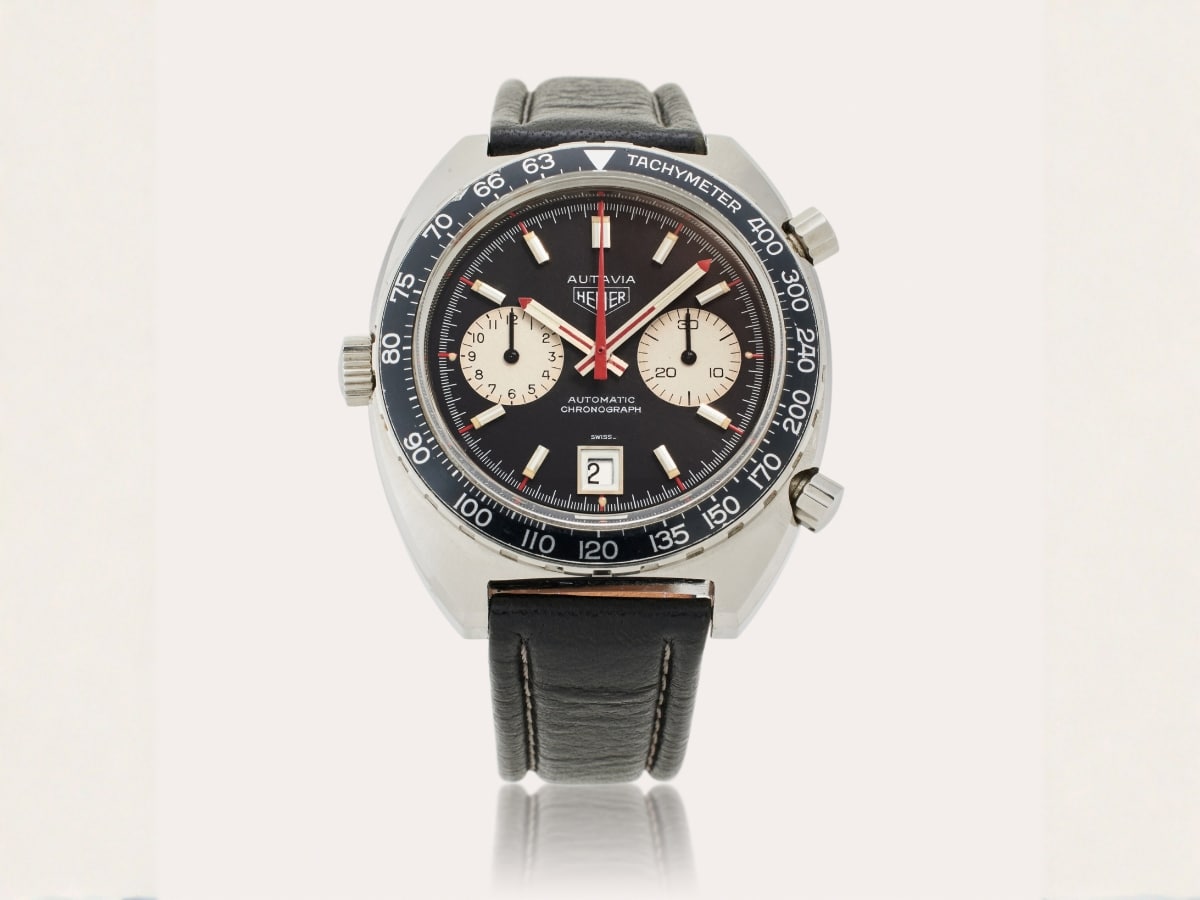
Constant Reinvention
Towards the end of the ’60s, Heuer was one of four brands that cooperated to introduce the Calibre 11 Chronomatic, a release that would make the world’s first automatic chronographs possible. The 1969 release of the Autavia reference 1163, which contained this movement, would help to refine the visual language that would characterise the collection for decades to come. Larger, more legible, and with a unique 42 mm tonneau-shaped case, it had an almost futuristic approach that felt entirely in keeping with Heuer’s avant-garde ethos.
The most notable feature is arguably the way the crown was shifted to the 9 o’clock position. This was something of a flex from the watchmaker in that it highlighted the function’s almost redundant nature once the watch was wound, provided the wearer kept its movement in motion. This release laid the foundation for many years of continued innovation and success to follow for the Autavia line.
“The Autavia Reference 1163 is an incredibly important model for us,” Biebuyck says. “It was a totally new design, and this incredible C-shaped case signalled a new design direction for the 1970s that played on space-age ideas and aesthetics.”
However, nothing lasts forever. By the mid-1980s, the Autavia had fallen out of favour. When Heuer was acquired by Techniques d’Avant Garde (TAG), the new ownership took the brand in a new direction. Suddenly, the Autavia didn’t fit in, and in 1985, the collection was officially retired. The Autavia would return in 2017 under TAG Heuer branding and proved vastly different from its predecessors, while still bearing the familiar hallmarks of performance technology.
The 2017 Autavia model, according to some, was not a re-release but rather a completely new Autavia, a new branch on the model’s family tree, but no less worthy of its name. The new model measured 42 mm with a 12-hour graduated bezel and a new Heuer 02 calibre proprietary chronograph movement. To meet modern-day requirements, it was self-winding with a reserve of 80 hours and water resistant to 100 metres. Overall, it was legible, balanced and, of course, avant-garde.
Finally, a full Autavia collection was released in 2019. Drawing inspiration from the timepiece’s original design, the new collection offered quality, precision and timeless style. Seven COSC-certified Calibre 5 models made up the sporty new Autavia collection – five in sleek stainless steel and two in noble bronze, with a range of strap options to choose from.
Sadly, new Autavia releases have vanished from TAG Heuer’s lineup in the intervening years, but we prefer to imagine this is a case of a sleeping giant waiting for the right time to stir, rather than an iconic line of watches vanishing for good. As we saw with a 2022 collection celebrating the Autavia’s 60th anniversary, this is a line that could lie dormant and then make a roaring comeback at any time. Plus, there’s always another anniversary to be celebrated not too far down the road. Whether we see new Autavia models at Watches and Wonders 2026 remains to be seen, but either way, we look forward to the Autavia’s 70th anniversary editions. After all, 2032 will be here before we know it.
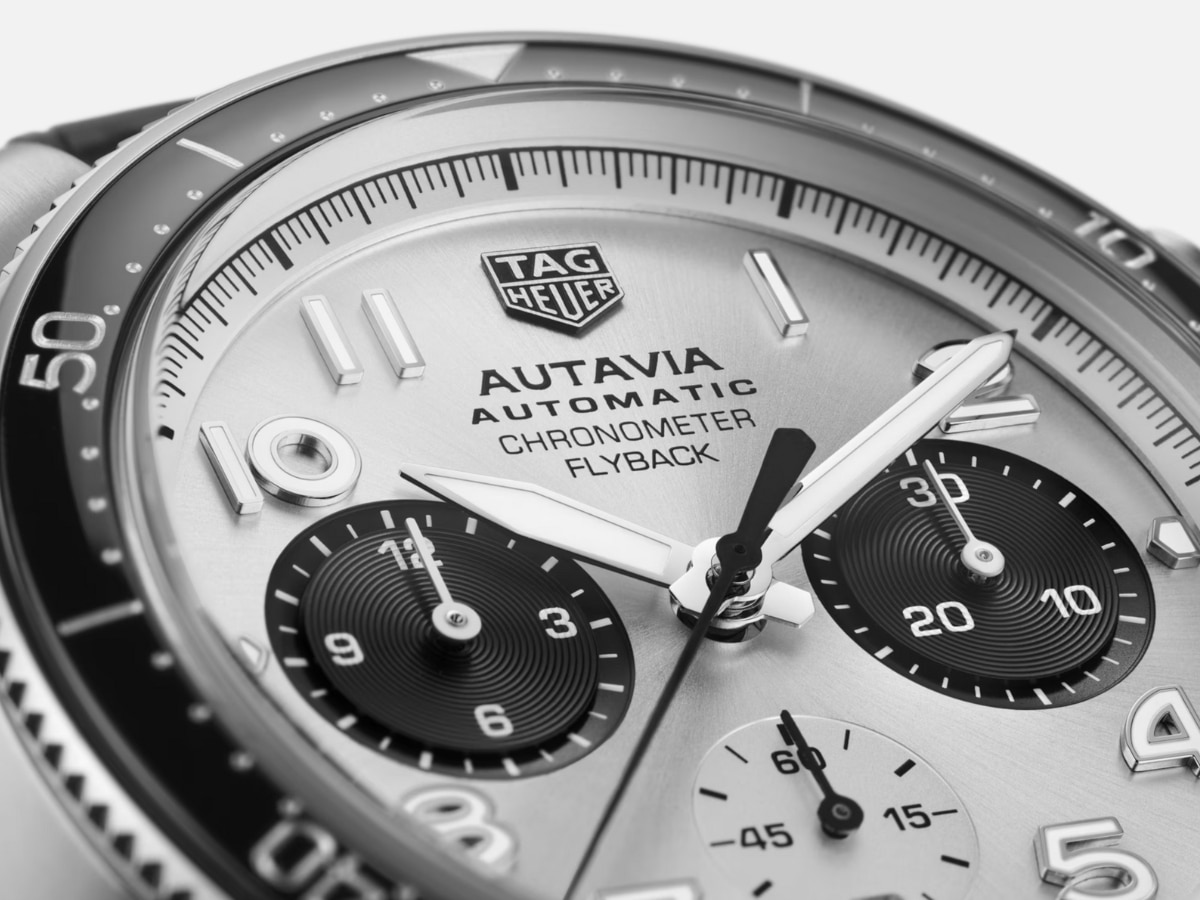
Signature Features
In each edition of The Watches We Love, we’ll outline signature design elements that have made the timepiece in question such an icon. These might come down to the shape, movement, and bracelet, or certain eccentricities and innovations that have changed horology for good. Whatever the case may be, this explains why these are the watches we love.
The Autavia family has included a plethora of different models over the years, consisting of over 85 references, which collectively boast a host of different colours, shapes, and sizes. Given the gamut of options presented by this remarkably diverse watch family, we’re going to focus on a more recent incarnation that manages to be both entirely modern while echoing many of the aesthetic choices established by those original releases Jo Siffert and his contemporaries wore: The 2022 TAG Heuer Autavia Flyback Chronometer (ref: CBE511B.FC8279).
1. Notched Rotating Bezel
In a callback to the very first Autavia timepieces, this more recent variation adopted the notched rotating bezel with 12 divisions. This acts as a timeless nod to the Autavia’s aviation origins and a perfect tool for the wearer who finds themself prone to frequently moving between time zones.
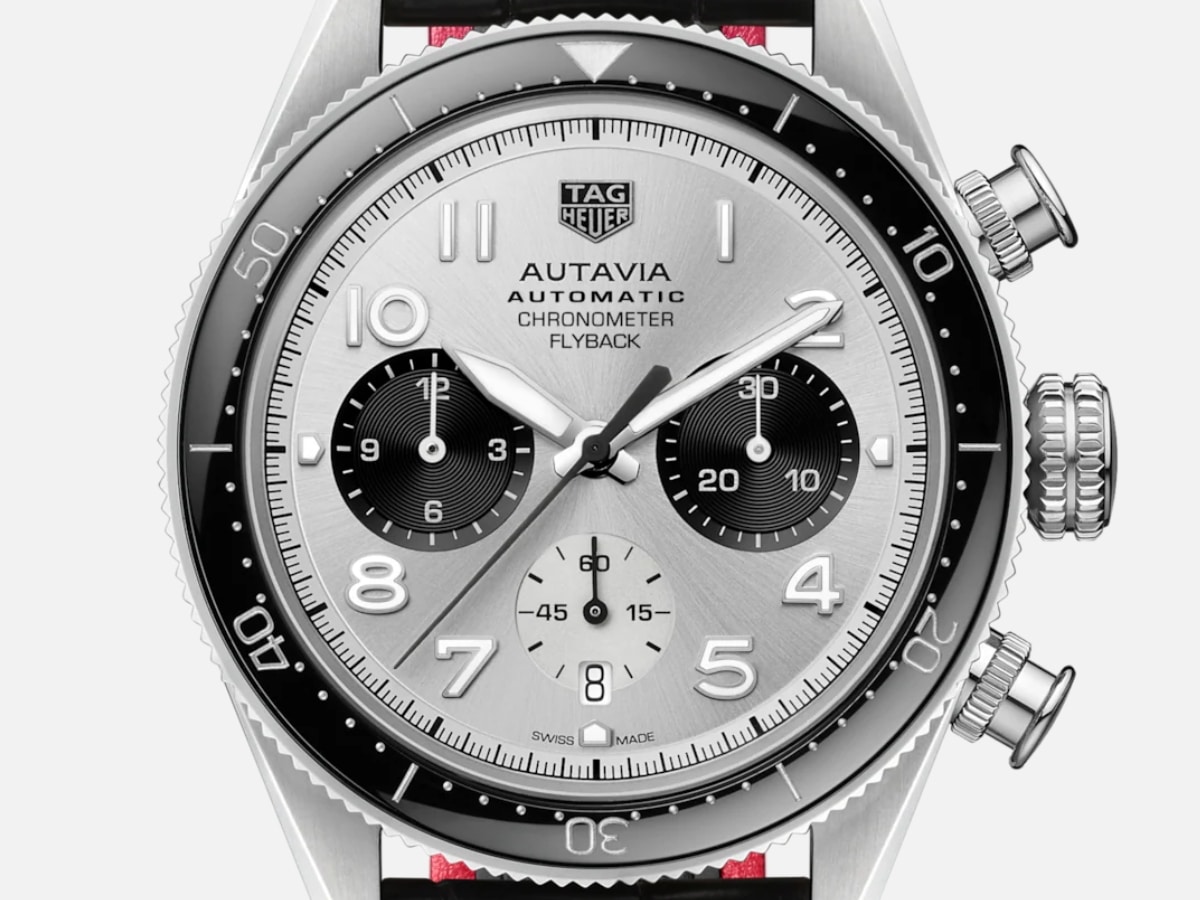
2. Extra-Large Screw-Down Crown and Chrono Pushers
Delivering an aesthetic that’s equally at home on the racetrack as it is in the cockpit, the modern introduction of an extra-large crown and chrono pushers to the Autavia family delivers a bold visual effect that’s in keeping with TAG Heuer’s avant-garde ethos, while also maximising ease of use on the fly.
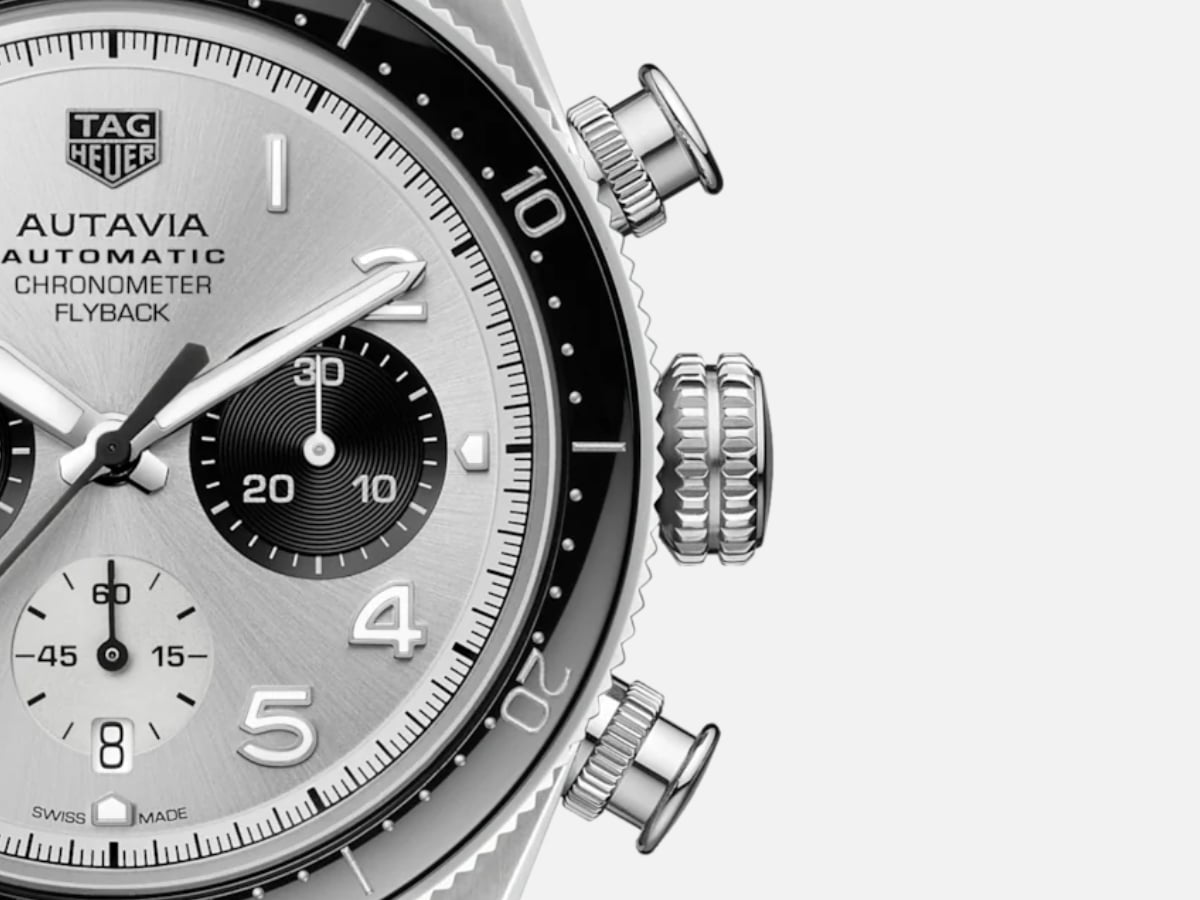
3. Automatic Chronograph
While automatic chronographs are not such a rarity these days, they were a landmark achievement when the Autavia reference 1163 was introduced in 1969. Appropriately, this contemporary automatic chronograph is every bit the modern incarnation of that incredible timepiece, looking like a reimagining of the very watches Jo Siffert wore daily.
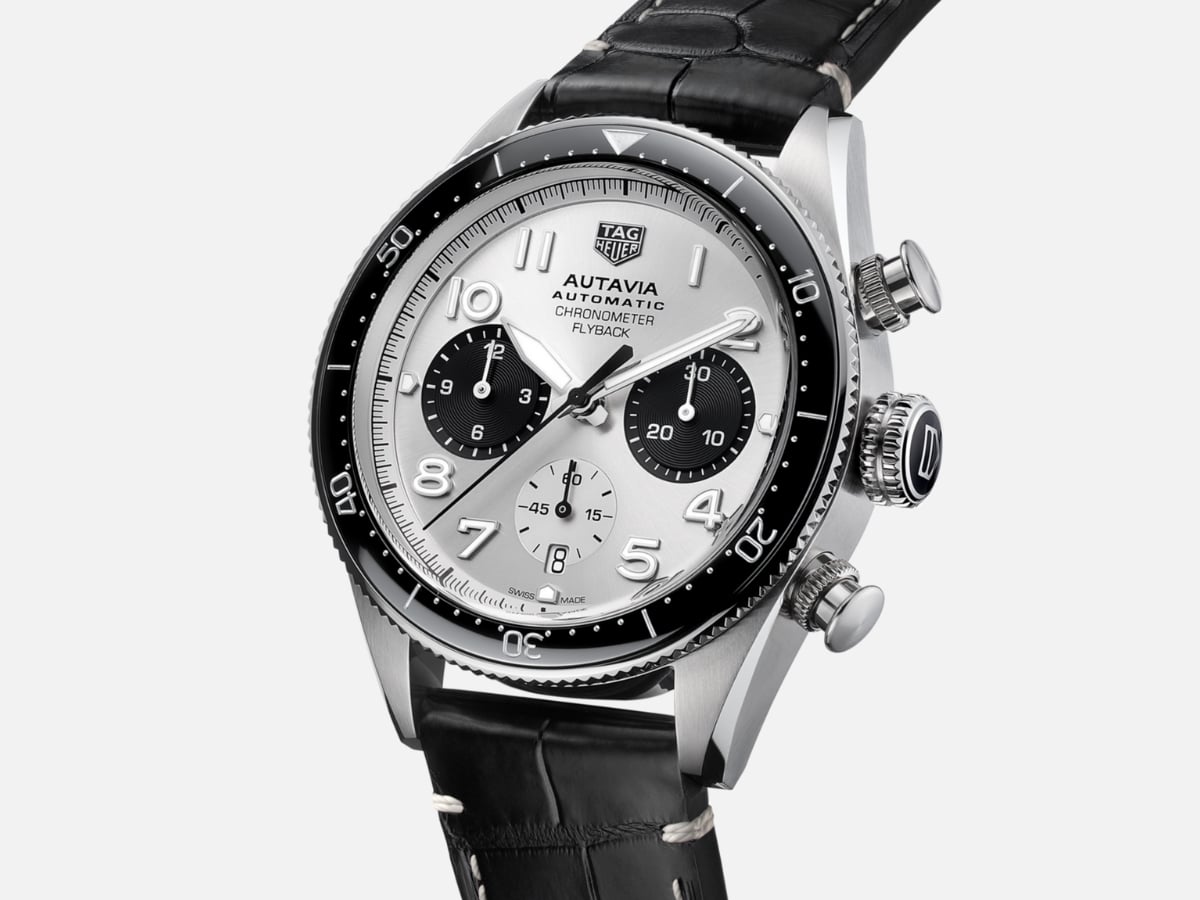
4. Maximum Legibility
Adopting the generous 42 mm case sizing of the ’69 1163 reference, LumiNova coating on the hour markers and hands, as well as the stark contrast of dark sub-dials and bezel to contrast the light-grey dial, this is a timepiece that acutely demonstrates the commitment to legibility at the Autavia line’s core. It’s an essential element for racers, aviators, and divers alike.
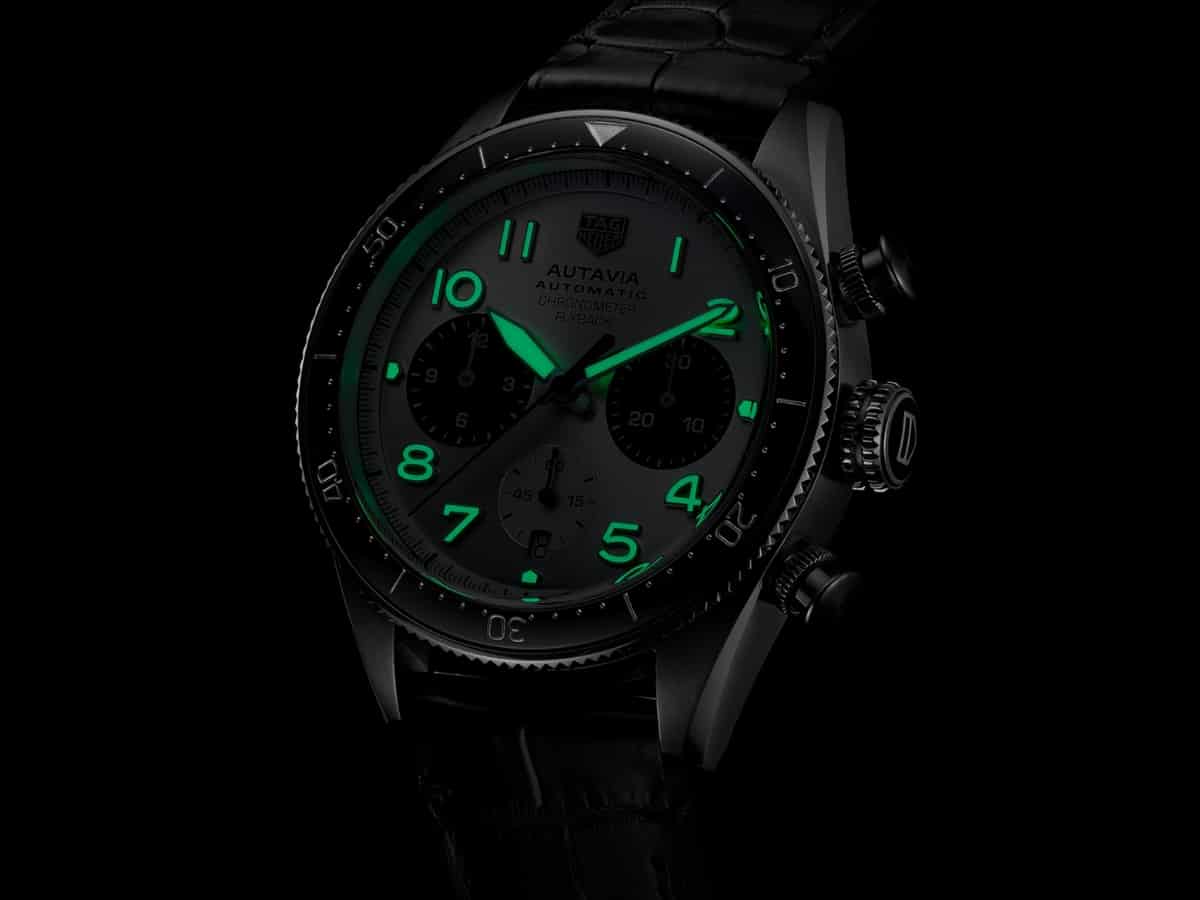
As Worn By…
The Autavia family is one of those if-you-know-you-know corners of the horological world. As such, you’ll find fewer people wearing it over the years than the Carrera or the Monaco, but you know those who did wear it were doing so with intention. Plus, if one of the greatest frontmen the music industry has ever known (a man who could lend his considerable cachet to just about any watch on the planet) chooses your watch, you know you’re doing something very right indeed.
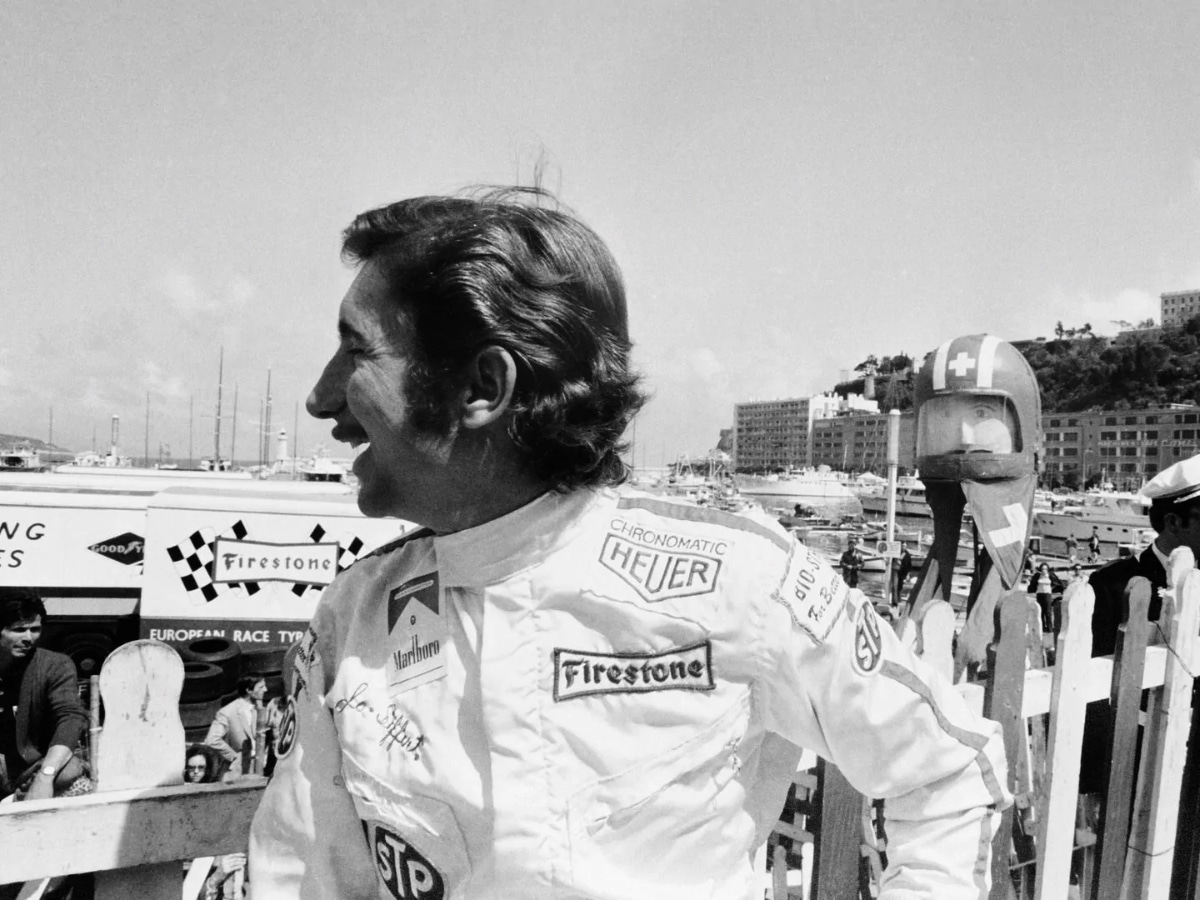
Jo Siffert
As TAG Heuer’s first brand ambassador, Jo Siffert was a born racer. In 1968, he won 24 hours of Daytona, 12 hours of Sebring, the Nurburgring 1000 km race, and the Austrian 1000 km race. The following year, he swept the BOAC 1000 km, the Monza, Spa and Nurburgring events as well as the Six Hours of Watkins Glen. He also won the Austrian 1000 km race again. Tragically killed mid-race on 24 October 1971, he remains a revered legend of motorsport.
Derek Bell
Where Siffert made the white-dialled Autavia his own, Derek Bell did the same for its black counterpart. Winner of the Le Mans 24 hours five times, the Daytona 24 three times, and the World Sportscar Championship twice, behind the wheel he was a force to be reckoned with. He also raced in Formula 1 for the Ferrari, Wheatcroft, McLaren, Surtees, and Tecno teams.


Mick Jagger
As the iconic frontman for The Rolling Stones, most watch brands would kill to have Mick Jagger throw on their watch, but it turns out this half of the Glimmer Twins is a big fan of a wearable piece of racing history. He’s been snapped wearing an Autavia multiple times over the years. He likes it, he likes it, yes he does.
Where Can I Buy the TAG Heuer Autavia?
With another instalment of The Watches We Love done and dusted, it’s time for the all-important question: where can you snag a TAG Heuer (or perhaps just a Heuer) Autavia of your very own?
While TAG Heuer doesn’t have any Autavia models in its current range, these watches are readily available across second-hand and vintage watch boutiques online. However, if you want a brand-new Autavia of your very own, we’re confident it will only be a matter of time before the line is relaunched with great fanfare once again. After all, no one would keep a line of watches with such an extraordinary and storied history in the vault for good.








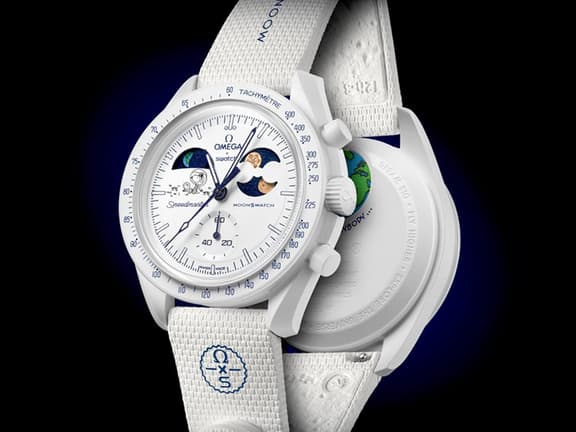
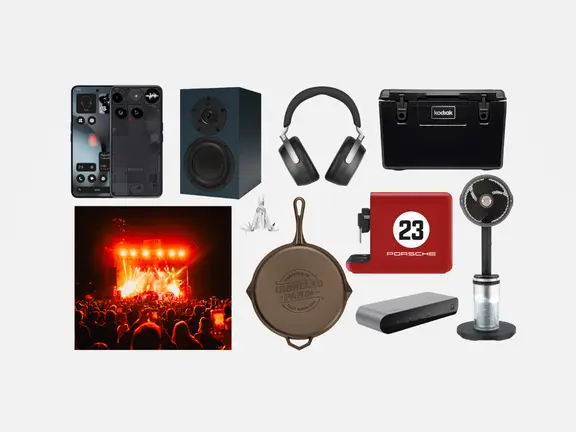
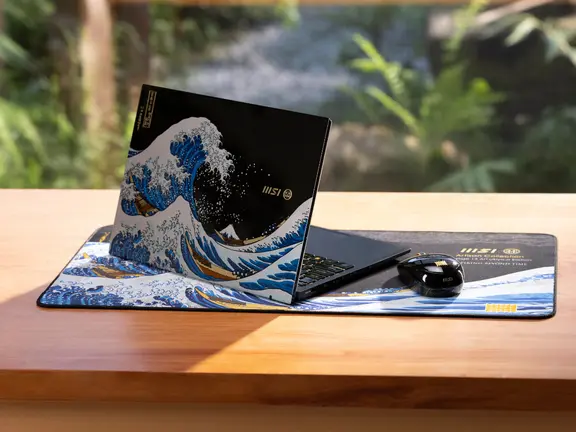








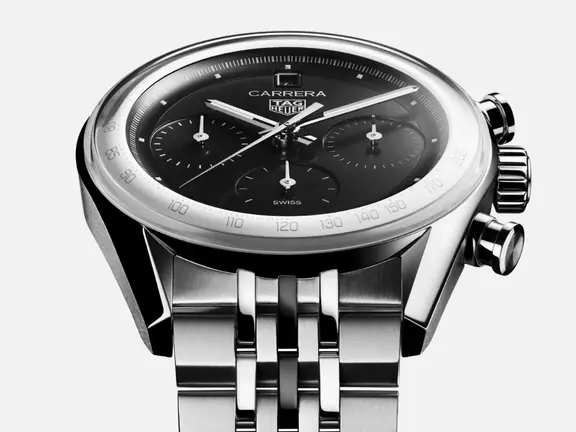
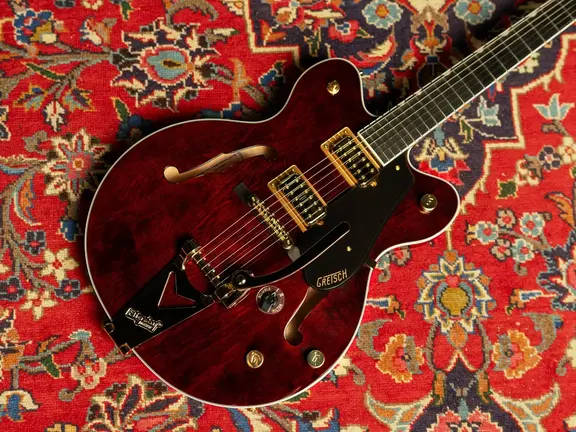







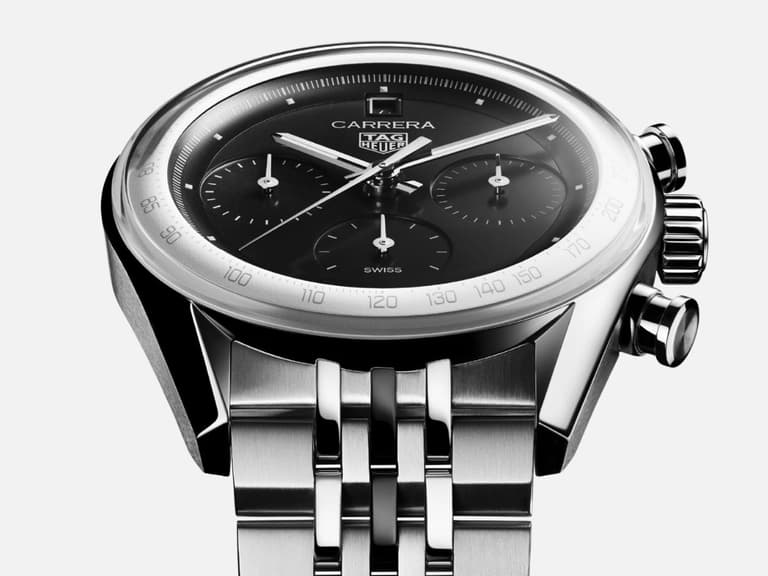
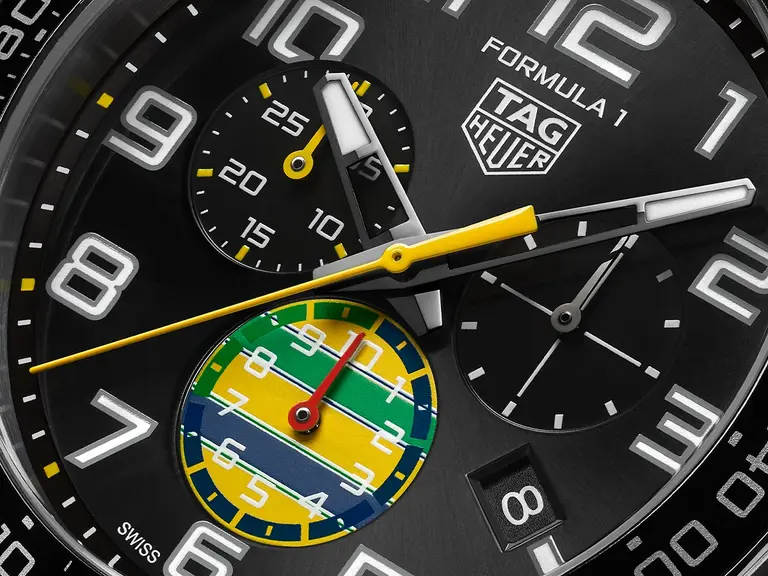


Comments
We love hearing from you. or to leave a comment.